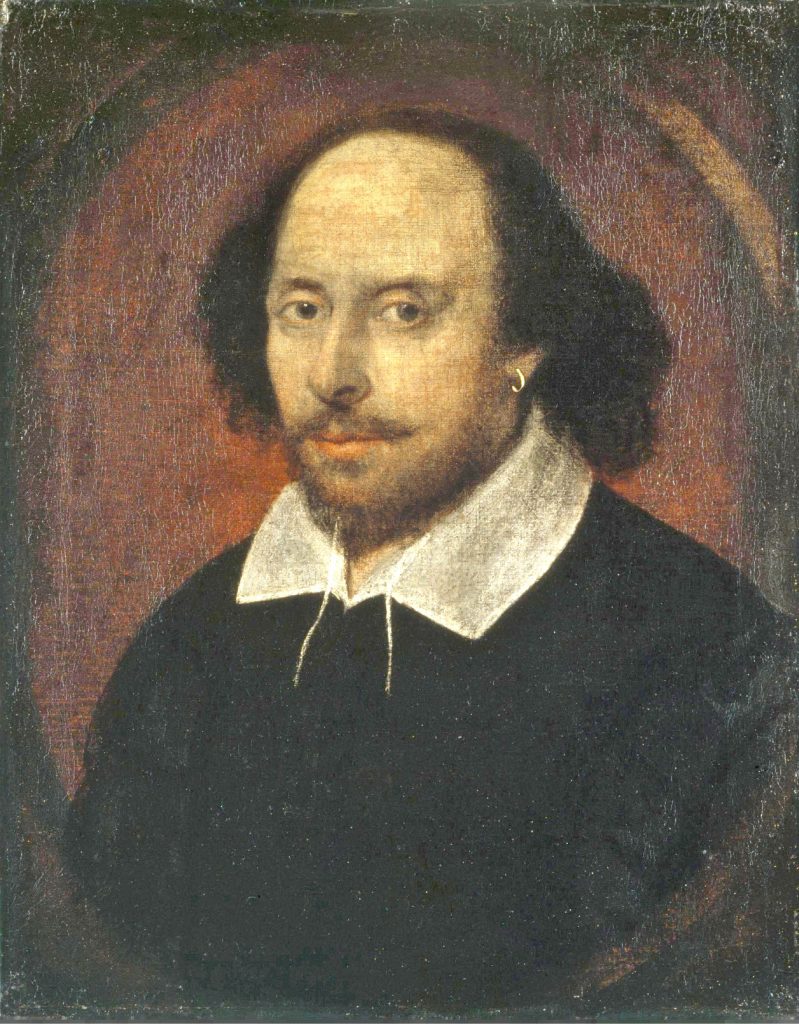
Se trata sin duda de una de las más grandes e influyentes agrupaciones de la historia del rock, y es sin duda la de más larga duración en el tiempo, pues su fundación como grupo se remonta al año 1962 y en 2014, 52 años después, tienen programados conciertos. La banda es originaria de Londres, y en la actualidad el grupo lo forman Mick Jagger (voz, guitarra, bajo y armónica), Keith Richards (guitarra, bajo y voz), Ronnie Wood (bajo y guitarra) y Charlie Watts (batería). A Mick Jagger y Keith Richards, que se conocían desde niños, se les considera los fundadores del grupo, Charlie Watts se incorporó al mismo en 1963 y Ronnie Wood en 1975. No obstante, durante su dilatada carrera, por la banda han llegado a pasar, en distintos periodos de tiempo, hasta 9 componentes más, 2 de ellos ya desaparecidos.
Fue en 1965, con el lanzamiento de su tema más conocido (I Can’t Get No) Satisfaction cuando alcanzaron el estrellato internacional y se establecieron como una de las bandas más populares en la escena musical. Hasta la fecha, la banda ha editado 25 álbumes de estudio, y las ventas de The Rolling Stones se estiman entre 200 y 250 millones de discos, lo que los convierte en unos de los artistas más exitosos de todos los tiempos.
THE ROLLING STONES
The Rolling Stones group is, without doubt, one of the greatest and most influential bands in the rock and roll history, and the longest ( in time). It was founded in 1962, and 52 years later, in 2014, they still have scheduled, live performances.
The rock band was formed in London, and today the members are-Mick Jagger (vocalist, guitar, bass and harmonica), Keith Richards (guitar, bass and vocalist), Ronnie Wood (bass and guitar), and Charlie Watts (drums). Mick Jagger and Keith Richards, who were childhood friends and classmates, are considered the founders of the band. Charlie watts joined the group in 1963, and Ronnie Wood in 1975. However, in the course of their career, the band consisted of more than 9 members at times, but two of them left years ago.
It was in 1965, with the release of their best-known work (I Can´t Get No) Satisfaction when they reached their first international number 1 hit, and became one of the most popular rock bands.
Up to now the group has released 25 studio albums and the estimated sales of the Rolling Stones are about 200-250 million records, which makes them be within the most successful artists all-time.








